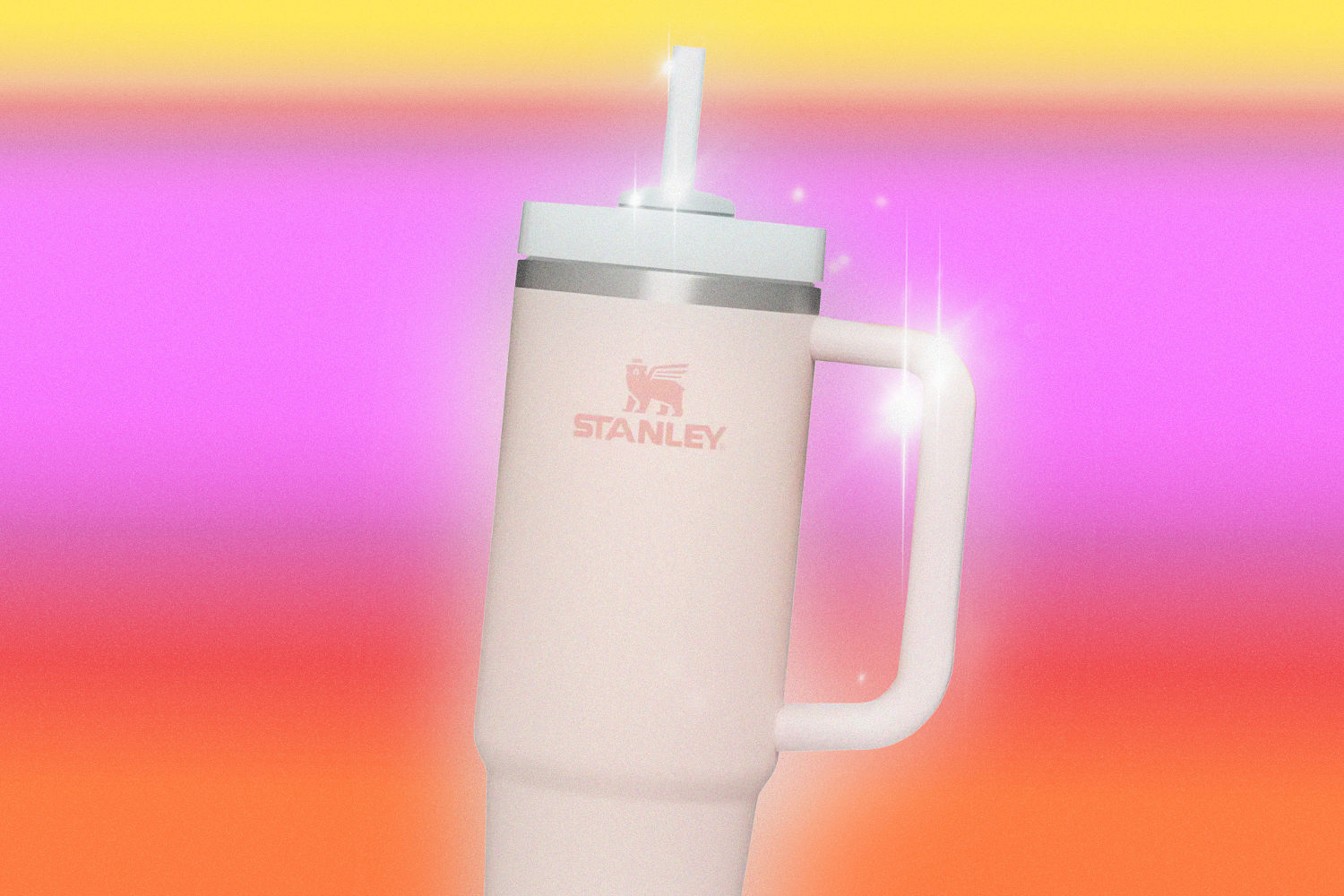In the ever-changing landscape of internet trends, the Stanley “Quencher” has emerged as an unexpected sensation. Standing at one foot tall and capable of holding 40 ounces of liquid, this stainless steel cup has become more than just a water bottle – it’s an emotional support system and a must-have accessory for many.
Originally gaining popularity during the pandemic, the Stanley cup has proven to be a durable cultural icon, joining the ranks of Pumpkin Spice Lattes and Ugg boots in the world of Gen Z and millennial girl culture. Once known for making thermoses favored by blue-collar workers and campers, Stanley has successfully transitioned into a favorite among younger generations, topping holiday wish lists and amassing a staggering 6.8 billion views on TikTok under the hashtag #StanleyCup.
The recent release of a special edition “Winter Pink” cup, exclusively available at Target, sent the popularity of these cups soaring to new heights. People flocked to stores across the U.S., hoping to get their hands on one of these coveted tumblers. Vincent Marcus, an influencer from Los Angeles, even braved the cold weather and long lines to secure the limited edition cup for his 10-year-old daughter, who had already collected four cups. The desire to collect these cups has become a recent phenomenon, capturing the attention of Stanley enthusiasts everywhere.
But the hype doesn’t stop there. The limited edition cup has now made its way to resale sites, with prices skyrocketing up to $300. Facebook groups dedicated to hunting down various Stanley cups and facilitating buying, selling, and trading have attracted thousands of members. The popularity of these cups has even inspired a toy version that some have deemed “a baby Stanley.”
It’s worth noting that the Stanley cup brand almost faced obscurity at one point. Yet, Ashlee LeSueur, a Salt Lake City native and lifestyle blogger, single-handedly helped bring it back to life. After purchasing her first Quencher in 2017, she started gifting it to friends and recommending it on her blog, The Buy Guide. When the Quencher faced the possibility of being discontinued in 2019, LeSueur fought to save her favorite cup by purchasing 5,000 Quenchers at wholesale price. Her collaboration with Stanley’s new president, Terence Reilly, resulted in the launch of new collectible colors and skyrocketing sales for the Quencher.
While it may seem surprising that a water bottle could hold such a beloved place in the hearts of consumers, similar brand loyalties have been seen before. The Hydro Flask and Nalgene have both enjoyed their moments in the spotlight. However, some Gen Z social media users have already shifted their attention to another water bottle brand – the Owala.
One TikTok user predicted a year ago that Owala water bottles would become the next big thing, especially among nurses who tend to be ahead of water bottle trends. In a silent comparison video, another user demonstrated that the Stanley cup appeared to leak water when flipped upside down, while the Owala remained intact. Some users have designated the Stanley cup as “basic” and consider Owala the cooler and younger sister.
Despite the rise of Owala, the Stanley cup continues to maintain its fervent following. The enduring hype surrounding these cups proves that they have become much more than mere drinking vessels. So, whether you’re a casual fan or an avid collector, the Stanley cup remains a cultural phenomenon that shows no sign of fading away.

